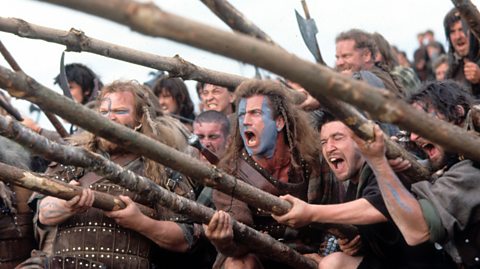As we've seen time again, film-makers delight in rewriting history.
But, while events can be open to interpretation and dramatic licence, science is governed by laws and formulae that make it trickier to take liberties. Yet, movies have still managed to find a way to mess with life, the universe and everything so that crashing cars explode, spaceships can stop by cutting their engines and X-Men can reactively evolve. No wonder they call it science fiction!
Star Wars: Episode IV - A New Hope (1977)
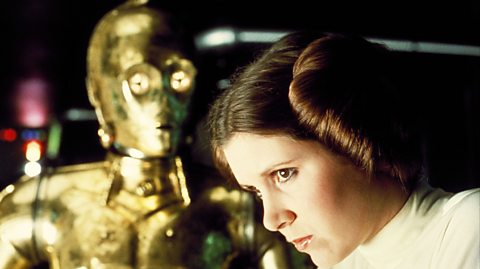
One of the useful things about sci-fi is that you can make it up as you go along and audiences are more than happy to suspend disbelief.
George Lucas clearly sussed this and disregarded all sorts of science during the climactic battle between the Rebel X-wing fighters and the Imperial Death Star. For starters, it would be impossible to see the beams firing from the laser weapons.
Not only that, sound doesn't travel in space, so the spectacular explosion would actually happen in silence. The poster for Ridley Scott's Alien (1979) had it right: ÔÇ£In space no one can hear you screamÔÇØ.
Harry Potter and the Chamber of Secrets (2002)
Harry and Ron clearly don't like the look of Hagrid's pet spider, Aragog, when they come across it in the Forbidden Forest. In reality, they have nothing to fear, as such giant arachnids are highly unlikely in nature. They wouldn't be able to breathe efficiently through such elongated trachioles or airways, and their long legs wouldn't be strong enough to support their bodies.
Die Another Day (2002)
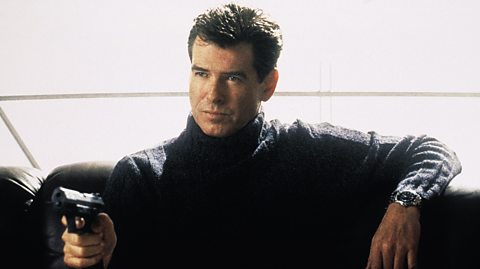
Modern medicine has made some remarkable advances. But it still can't cure the common cold, let alone manage to alter a person's physical appearance through DNA restructuring.
So, the transformation of North Korean colonel Tan-Sun Moon (Will Yun Lee) into British diamond smuggler Gustav Graves (Toby Stephens) in Lee Tamahori's James Bond movie is, frankly, preposterous.
The Day After Tomorrow (2004)
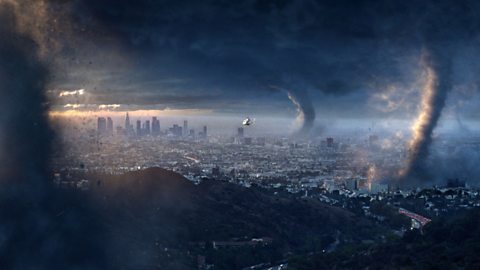
Few movies have made scientists angrier than Roland Emmerich's eco-disaster thriller, with one climate change expert insisting it violated every known law of thermodynamics.
The speed and severity of the ice storm was most scathingly criticised. In the film, NASA scientist Janet Tokada (Tamlyn Tomita) claims that the temperature is dropping at a rate of 10┬░ per second, but this is completely implausible.
Equally far-fetched is the rapidly rising sea level, as this would only increase by 200ft even if the polar ice caps and their surrounding glaciers melted - which is bad news for another great flood picture, the 1995 Kevin Costner vehicle, Waterworld.
Gravity (2013)
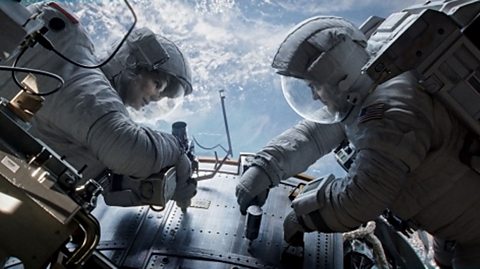
Film-makers just don't get how gravity works - even in films named after it. Spoiler alert, George Clooney didn't have to perish to save Sandra Bullock in Alfonso Cuar├│n's space opera because, in reality, his weight wouldn't be pulling her down.
Also, neither Lois Lane nor Vicki Vale would have survived their respective plunges from a helicopter teetering on a skyscraper in Richard Donner's Superman: The Movie (1978) and Gotham Cathedral in Tim Burton's Batman (1989). Lois would have imploded when the Man of Steel caught her, while the Caped Crusader's arms would have ripped off when he stops Vicki's fall with a grappling hook.
Things we get wrong about the Moon
WeÔÇÖve taken some myths and legends about the moon and debunked them for you.
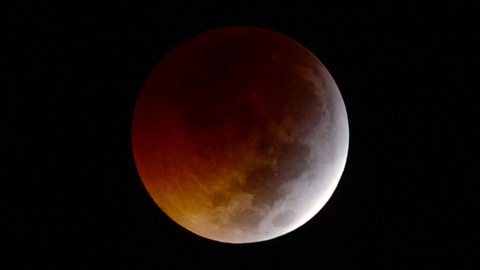
Six sports movies that got their facts wrong
Films about sport like Creed and Cool Runnings are very entertaining, but not always accurate.
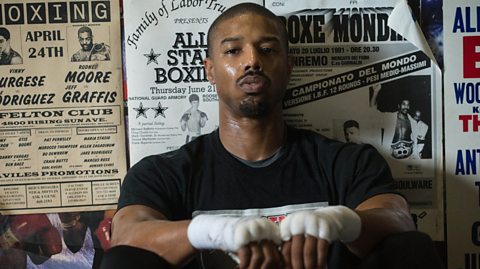
Eight blockbuster films that got history wrong
Some of these are Oscar winners too, but they're not getting any prizes for knowing their history.
